
15 Key Factors in Choosing Commercial Furniture for Hospitality, Offices, and Public Space Projects
15 Key Factors in Choosing Commercial Furniture for Hospitality, Offices, and Public Space Projects
21 Affordable Italian Furniture Brands for Commercial and Contract Projects
The Criteria for Choosing FF&E for Hotel Rooms
Best Platforms to Find Interior Design Products
10 Best Interior Design Tools And Their Key Features
Introduction
To make furniture suitable for commercial use, especially in hospitality, working spaces, and public areas, several factors include customization, lower maintenance costs, fire-rated materials, upholstery, and ensuring long-term availability of replacement pieces. Here are key considerations:
1. Durability and Longevity
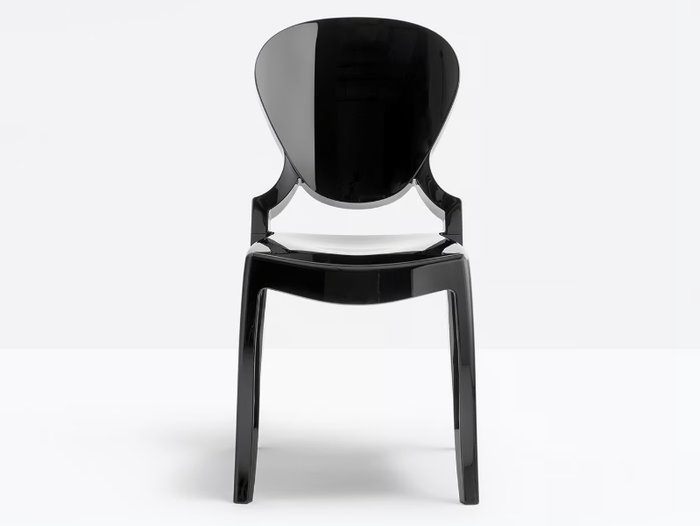
Heavy-Duty Materials:
Commercial furniture is built from robust materials like steel, hardwood, or high-quality plastic, ensuring it can withstand continuous use in high-traffic areas.
Reinforced Construction:
Structural components like joints, frames, and legs are designed to last, ensuring the furniture doesn't easily break under heavy usage.
2. Customization Options
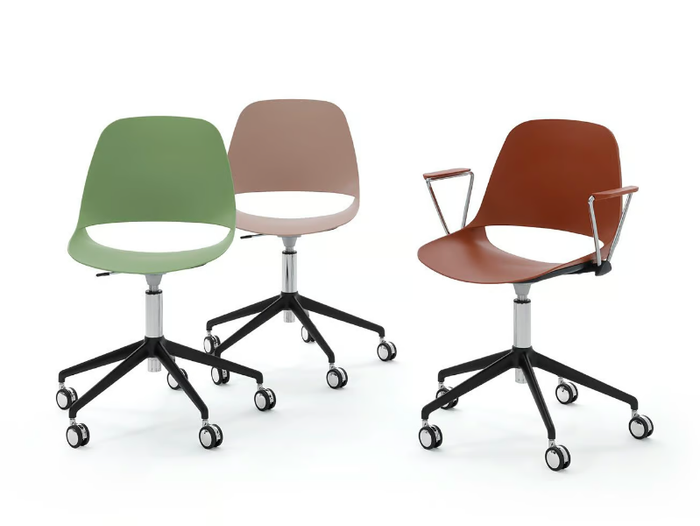
Bespoke Designs:
Commercial spaces often have specific branding or aesthetic needs; furniture customization helps meet those. Custom colours, finishes, sizes, and fabrics can be tailored to match a business’s style, theme, or functionality.
Adaptable Features:
Modular or adaptable furniture designs offer the flexibility needed for multi-purpose commercial spaces, like hotels or co-working areas. They allow furniture to easily shift or scale as needed.
3. Lower Cost of Maintenance
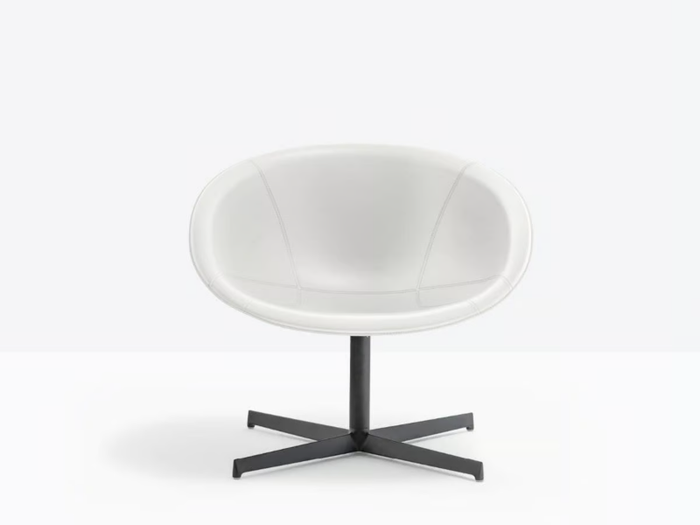
Easy-to-Clean Surfaces:
Commercial furniture often comes with low-maintenance materials, like laminate or powder-coated metal, which can be cleaned quickly and require less upkeep.
Replaceable Parts:
Many commercial furniture lines offer interchangeable parts, such as cushions or table legs, reducing the cost of replacing an entire piece if only one component is damaged.
Resistant to Wear and Tear:
Commercial-grade upholstery and finishes are more resistant to scratching, denting, or discolouration, extending the furniture’s lifespan.
4. Fire-Rated Materials and Upholstery
Fire Safety Compliance:
Safety regulations require that furniture in hospitality and public spaces meet specific fire safety standards. This includes using fire-retardant upholstery and materials, which ensures that furniture is less likely to catch fire and will slow down the spread in an emergency.
Certifications:
Fire-resistant upholstery is typically certified under local or international standards, such as CAL 117 or BS 5852, depending on the region’s safety laws.
5. Anti-Stain and Anti-Bacterial Upholstery
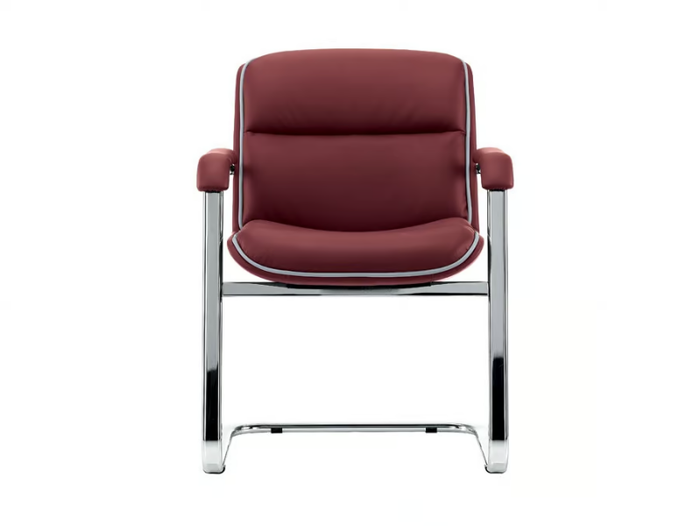
Stain-Resistant Fabrics:
Furniture in high-traffic commercial environments, such as restaurants or hotel lobbies, is prone to spills and stains. Commercial-grade fabrics are designed with anti-stain treatments to repel liquids and make cleanup easier.
Anti-Bacterial Options:
Upholstered furniture in healthcare or public spaces often uses fabrics treated with antimicrobial coatings, which reduce bacteria growth and ensure a more hygienic environment.
6. Trust in Long-Term Production Availability
Consistent Product Lines:
Commercial clients must trust that their furniture will be available for future replacements or expansions. Reliable manufacturers ensure that their production lines are consistent over time, allowing businesses to order the same models, materials, and colours later if needed.
Replacement Guarantee:
Some furniture providers offer assurances or warranties that parts, such as upholstery or frames, will be available for a certain period, ensuring seamless replacement without buying entirely new furniture.
7. Safety and Compliance
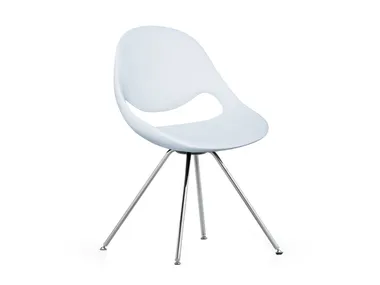
Fire-Retardant Standards:
Furniture in hospitality or public spaces must comply with fire safety regulations to minimize risks and meet local legal requirements.
Ergonomics for Offices:
In working spaces, ergonomically designed furniture ensures comfort for long hours of use, reducing health issues like back strain.
8. Ease of Maintenance and Cleaning
Non-Porous Surfaces:
Tables, chairs, and workstations with non-porous materials resist stains and liquids, making them easy to clean and sanitize.
Wear-Resistant Upholstery:
Anti-stain and antimicrobial upholstery fabrics reduce maintenance efforts and are ideal for environments like restaurants, hotels, or healthcare facilities.
9. Functionality and Flexibility
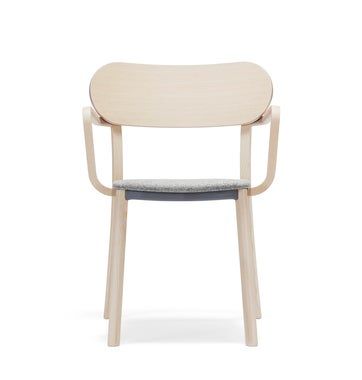
Modular and Stackable Furniture:
Commercial furniture that is modular or stackable allows for easy reconfiguration and storage, which is particularly useful for event spaces and offices.
Multi-Functional Pieces:
Furniture that serves multiple functions (e.g., benches with storage or tables that can convert into desks) helps maximize space and utility.
10. Cost-Effectiveness
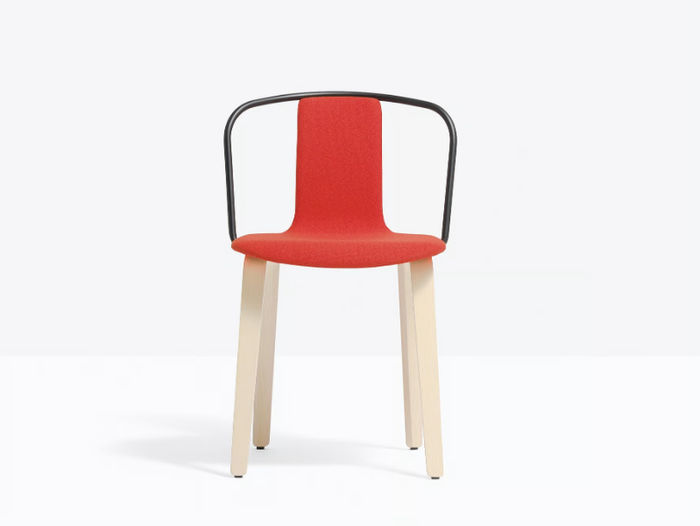
Bulk Orders and Custom Pricing:
Commercial furniture is often purchased in bulk, so cost-efficiency is crucial. Suppliers frequently offer discounts or custom pricing for large orders, ensuring the business stays within budget while meeting its furnishing needs.
Low Maintenance Costs:
High-quality materials and finishes that resist wear and tear or staining reduce the frequency of replacements or repairs, lowering long-term operational costs.
11. Comfort
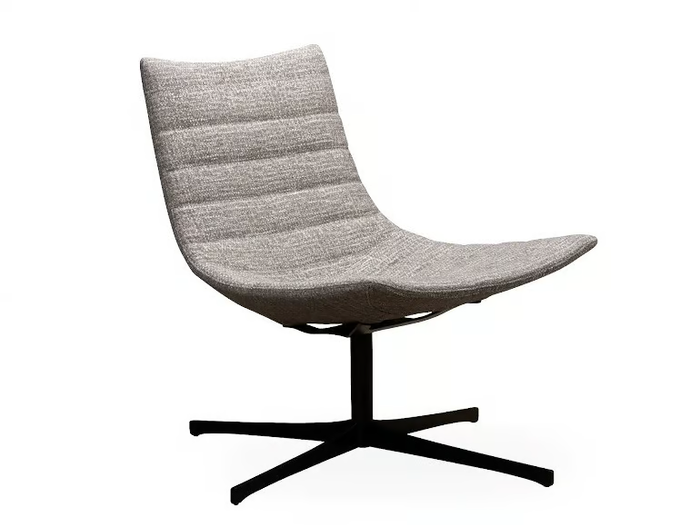
Supportive Seating:
In commercial hospitality environments, customer comfort is critical. Furniture is designed for long periods of use, with features like extra cushioning or supportive seating to improve the user experience.
Adaptability:
In office environments, ergonomically designed chairs or desks can adjust to different heights or configurations to suit individual employee needs.
12. Sustainability
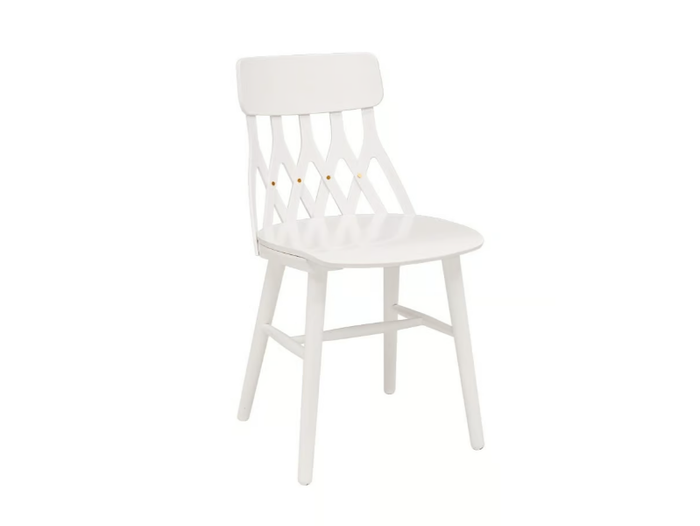
Environmentally Friendly Materials:
Many commercial furniture suppliers offer options made from sustainable materials, such as recycled plastic or FSC-certified wood, appealing to eco-conscious businesses.
Low VOC Finishes:
For environmentally friendly projects, low—or zero-VOC (volatile organic compound) finishes can improve indoor air quality while contributing to sustainability goals.
13. Warranty and After-Sales Support
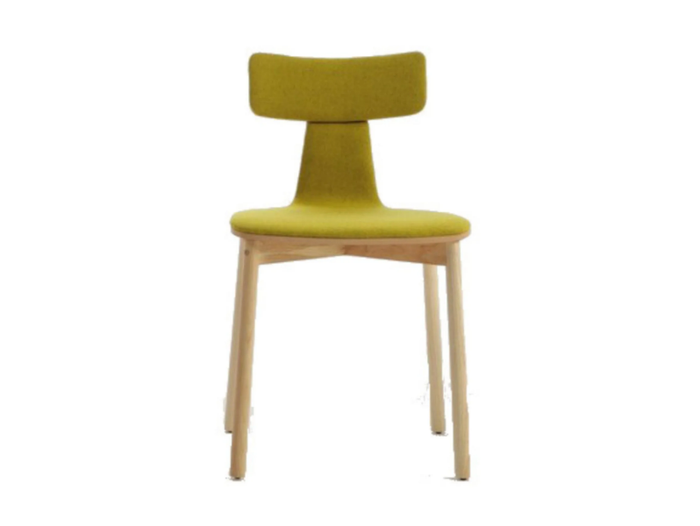
Extended Warranties:
Commercial-grade furniture typically has more extensive warranties than residential furniture, covering wear and tear due to heavy use.
Responsive Customer Support:
After-sales support, including repair services or replacement options, is critical to keep operations running smoothly without major disruptions.
14. Weather Resistance (for Outdoor Furniture)
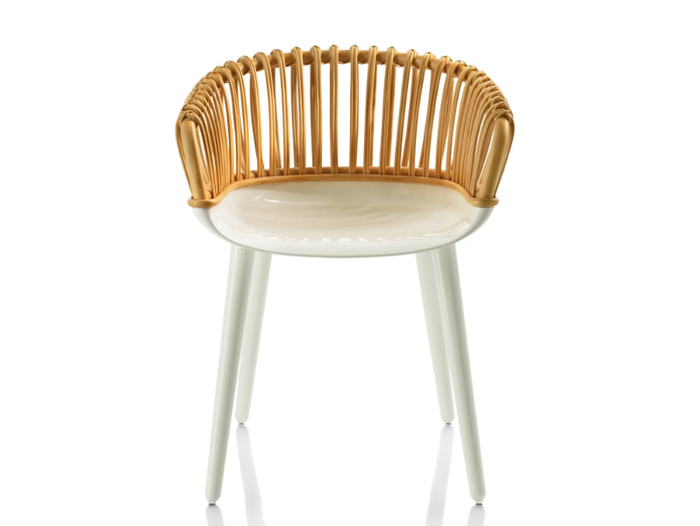
UV-Resistant Fabrics and Materials:
Outdoor furniture in commercial settings must be weather-resistant, ensuring that exposure to sunlight, rain, or wind doesn’t degrade the materials.
Rust and Moisture Resistance:
Metals and other outdoor materials must be treated to resist rust and corrosion, extending their longevity.
15. Aesthetics and Branding
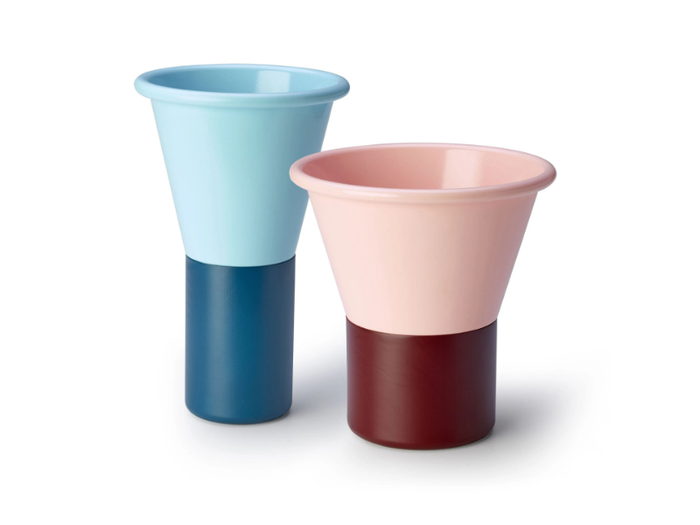
Custom Design Options:
Commercial furniture often reinforces a company’s branding or ambience. Hotels and restaurants may need furniture that complements their interior design; custom colour and fabric options make this possible.
Timeless Design:
For many commercial spaces, furniture design must not only align with current trends but also maintain a timeless quality to avoid quickly becoming outdated.
Conclusion
Furniture for commercial use in hospitality, working spaces, and public areas must prioritize durability, safety, maintenance, and comfort while customising a business’s brand identity. Additionally, anti-stain upholstery, fire-rated materials, and low-maintenance features are essential in keeping furniture functional and cost-effective over time. Reliable production lines ensure that replacement pieces will be available as businesses grow or furniture wears out, making long-term trust an essential aspect of commercial furniture selection.
Read further:
6 best specification-making tools for interior designers in 2024
B
FAQ:
How do you balance aesthetics with durability when selecting furniture for high-traffic commercial environments?
Professional interior designers must ensure that the furniture complements the design vision and withstands constant wear and tear. When making these choices, how do you evaluate the trade-offs between style and functionality?What role does ergonomics play in furniture selection for office spaces, and how do you incorporate it into your design without compromising aesthetics?
Ergonomics is critical for employee comfort and productivity. How do you integrate ergonomic furniture, such as adjustable chairs and desks, while maintaining a cohesive design language?How do you ensure that the furniture you select meets fire safety codes and other compliance requirements in different commercial settings?
When working with clients in hospitality or public spaces, how do you navigate local safety regulations, such as fire retardancy for fabrics and furniture materials, and how do you ensure compliance across different jurisdictions?When customizing commercial furniture to align with a brand’s identity, what considerations do you consider?
Customizing furniture to match a brand's aesthetics is common in commercial design. What aspects of the brand do you prioritize—colour, form, texture—and how do you ensure these custom pieces maintain functionality and durability?How do you assess the environmental sustainability of commercial furniture products, and what certifications or materials do you prioritize?
With increasing demand for eco-friendly interiors, how do you evaluate the sustainability of commercial furniture's materials and production processes? Do certifications like FSC, LEED, or GREENGUARD guide your choices?What strategies do you use to ensure modular and flexible furniture designs work effectively in multi-use spaces like hotels and co-working environments?
What factors do you consider when selecting modular furniture to ensure it’s easy to rearrange and durable for long-term use in spaces that frequently adapt, such as conference rooms or event venues?How vital is acoustic performance in commercial furniture, particularly in open-plan offices or hospitality spaces?
How do you incorporate furniture that absorbs sound and improves acoustics while still meeting design and durability requirements for spaces prone to noise, like open offices or lounges?How do you approach commercial furniture maintenance considerations in spaces requiring frequent cleaning, such as healthcare or restaurant settings?
What materials and finishes do you prioritize for spaces where hygiene and ease of cleaning are paramount? How do you ensure the furniture can withstand frequent cleaning without degrading quality?What are the key differences when selecting furniture for indoor vs. outdoor commercial spaces, especially regarding materials and durability?
When designing outdoor spaces for hotels, restaurants, or public areas, how do you ensure that the furniture is weather-resistant, durable, and complements the indoor design while being practical for outdoor use?How do you future-proof your commercial furniture choices to accommodate changes in technology, usage, or space needs?
How do you ensure your furniture choices remain relevant and adaptable as commercial spaces evolve? Do you prioritize certain flexible designs or modular systems that can adjust to future trends and technological needs?What role does lighting integration play in selecting commercial furniture, especially in hospitality and public spaces?
Lighting can play a significant role in the overall experience of a space. How do you incorporate furniture that integrates with or enhances lighting design, particularly in lounges, restaurants, or workspaces?How do you approach the challenge of ensuring replacement furniture will match existing pieces over time, particularly when manufacturers update their product lines?
When specifying furniture for a long-term project, how do you account for potential changes in product availability over time? Do you build in contingencies for future replacements or repairs to ensure visual and functional continuity?How do you incorporate technology within commercial furniture, such as integrated power solutions, for modern offices or hospitality environments?
As technology becomes integral to commercial spaces, how do you integrate features like power outlets, USB ports, and wireless charging into the furniture without compromising design?